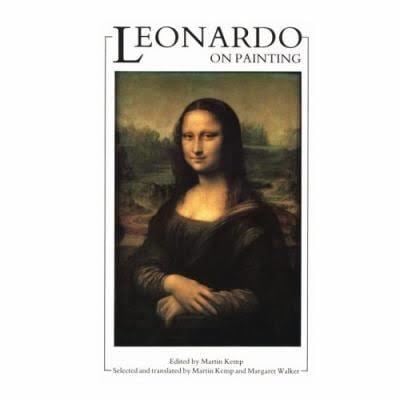 | ||
Similar Leonardo da Vinci books, Renaissance books | ||
The Codex Atlanticus (Atlantic Codex) is a twelve-volume, bound set of drawings and writings (in Italian language) by Leonardo da Vinci, the largest such set; its name indicates the large paper used to preserve original da Vinci notebook pages, which was that used for atlases. It comprises 1,119 leaves dating from 1478 to 1519, the contents covering a great variety of subjects, from flight to weaponry to musical instruments and from mathematics to botany. This codex was gathered by the sculptor Pompeo Leoni, son of Leone Leoni, in the late 16th century, who dismembered some of Leonardo's notebooks in its formation. It is currently preserved at the Biblioteca Ambrosiana in Milan.
Contents
Leonardo da vinci s codex atlanticus italia slow tour
Contents
The folios in the Codex Atlanticus deal with various subjects ranging from mechanics to hydraulics, from studies and sketches for paintings to mathematics and astronomy, from philosophical meditations to fables, all the way to curious inventions such as parachutes, war machineries and hydraulic pumps.
Conservation history
The codex was restored and rebound by the Basilian monks working in the Laboratory for the Restoration of Ancient Books and Manuscripts of the Exarchic Greek Abbey of St. Mary of Grottaferrata from 1968 to 1972.
In April 2006, Carmen Bambach of the Metropolitan Museum of Art in New York City discovered an extensive invasion of molds of various colors, including black, red, and purple, along with swelling of pages. Monsignor Gianfranco Ravasi—then the head of the Ambrosian Library, now head of the Pontifical Council for Culture at the Vatican—alerted the Italian conservation institute, the Opificio delle Pietre Dure, in Florence. In October 2008, it was determined that the colors found on the pages were not the product of mold, but were instead caused by mercury salts added to protect the Codex from mold. Moreover, the staining appears to be not on the codex but on later cartonage.
